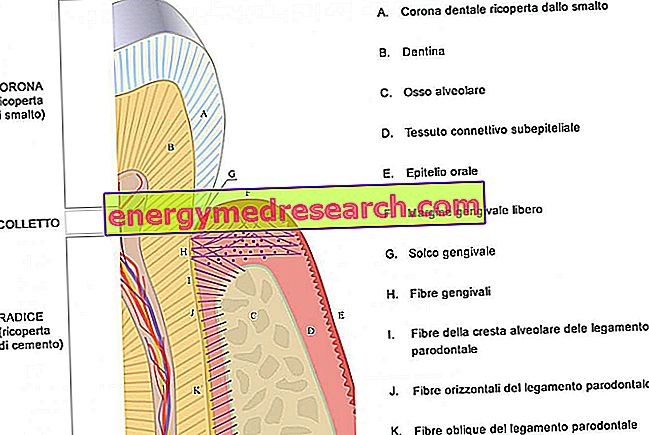MIKAN ® is a drug based on Amikacin sulfate
THERAPEUTIC GROUP: Antibacterials - Aminoglycosides
IndicationsAction mechanismStudies and clinical effectiveness Usage and dosage instructionsWarnings Pregnancy and lactationInteractionsContraindicationsUndesirable effects
Indications MIKAN ® Amikacina
MIKAN ® is indicated in the treatment of serious bacterial infections sustained by microorganisms sensitive to amikacin, even when resistant to gentamicin.
Mechanism of action MIKAN ® Amikacina
Amikacin, active ingredient of MIKAN ®, is part of the large group of aminoglycosides, antibiotics widely used in the clinical setting for the treatment of infections sustained by microorganisms generally resistant to beta lactam therapy.
Characterized by an excellent membrane permeability, the amikacin taken parenterally reaches the maximum plasma concentrations in just 30-60 minutes, evenly distributing itself among the various biological fluids.
Penetrated in the bacterial cytoplasm, amikacin binds and inhibits the 30S ribosomal subunit, necessary to determine the correct lengthening of the peptide chain, thus safeguarding the entire process of protein synthesis.
The formation and accumulation of aberrant peptides, in addition to compromising the biochemical and metabolic properties of the bacteria, seriously damages the plasma membrane, leading to the maximum loss of potassium that inevitably accompanies cell lysis.
Despite the excellent effectiveness of action of amikacin, also directed towards staphylococci and pseudomonas, different microorganisms have developed resistance mechanisms characterized by:
- Reduction of bacterial permeability to the antibiotic, mediated by the reduction of the expression of membrane transporters;
- Structural variation of the binding domains of the antibiotic;
- Expression of membrane proteins with lytic activity against aminoglycosides.
Studies carried out and clinical efficacy
1 AMIKACIN IN THE CONTROL OF PSEUDOMONAS INFECTIONS IN ONCOLOGICAL PATIENTS
J Paediatr Child Health. 2001 Feb; 37 (1): 38-43.
Interesting study demonstrating the efficacy of combined amikacin / ceftriaxone therapy in reducing Pseudomonas aeruginosa-induced fever in pediatric oncology patients with manifest neutropenia.
2 . AMIKACINA IN THE NEONATAL SEPSI
Scand J Infect Dis. 2006; 38 (1): 36-42.
Work demonstrating how the addition of amikacin to common antibiotic therapy can be effective and safe in the treatment of neonatal sepsis, eradicating pathogens in just 48-72 hours of drug treatment.
3. AMIKACINA IN THE PREVENTION OF POST-OPERATIVE INFECTIONS
BJU Int. 2011 Mar; 107 (5): 760-4.
Interesting work demonstrating the efficacy of aminoglycosides in preventing surgical site infections. In this study, in fact, the use of amikacin has been shown to be effective in reducing the rate of infections in patients undergoing prostate biopsy.
Method of use and dosage
MIKAN ®
Injectable solutions for parenteral use from 500 to 1000 mg of amikacin.
The prescription schedule for MIKAN ® should be established by the physician based on the patient's physiopathological features and the severity of his / her clinical picture.
Possible adaptations should be evaluated in the case of particularly serious infections or if the patient has renal pathologies such as to reduce the glomerular filtration rate, with a consequent plasmatic accumulation of amikacin.
Warnings MIKAN ® Amikacina
Therapy with MIKAN ® must necessarily be defined and supervised by medical personnel, in order to assess the prescriptive appropriateness and at the same time control the possible onset of potential side effects through periodic checks.
Particular attention should be paid to patients with a history of neurological, auditory-vestibular and nephrological diseases due to the high susceptibility to side effects typical of amikacin.
Should the patient experience signs and symptoms of potential adverse reactions, he should immediately inform his doctor with whom to consider the possibility of suspending or varying the therapy in progress.
The presence of sodium metabisulfite among the excipients could increase the risk of hypersensitivity reactions to the drug.
PREGNANCY AND BREASTFEEDING
The use of MIKAN ® during pregnancy and in the subsequent period of breastfeeding is generally contraindicated due to the absence of clinical trials able to characterize the therapeutic efficacy and the safety profile for the fetus exposed to the intake of amikacin.
Interactions
Patients receiving MIKAN ® should pay particular attention to the simultaneous intake of:
- Anesthetics and muscle relaxants capable of compromising respiratory function and even causing neuromuscular paralysis;
- Active ingredients with potential ototoxicity and nephrotoxicity, due to the increased risk of the onset of nephropathies and auditory-vestibular pathologies;
- Diuretics sometimes responsible for severe deafness.
Contraindications MIKAN ® Amikacina
The use of MIKAN ® is contraindicated in case of hypersensitivity to the active ingredient and its excipients, during pregnancy and breastfeeding.
Undesirable effects - Side effects
The use of systemic aminoglycosides exposes the patient to typical side effects, sometimes clinically relevant.
The ototoxicity linked to the accumulation of amikacin in perilinfa and in endolinfa, could in fact determine the appearance of auditory-vestibular disturbances such as auricular tinnitus, dizziness and deafness while the nephrotoxicity of the active ingredient could increase the risk of urinary disorders such as albuminuria, hematuria, cylindruria and in severe cases hyperazotemia and hypercreatininemia.
To the aforementioned side effects related to the use of MIKAN ® are added other generally less severe and transient effects characterized by nausea, vomiting, hypotension, anemia and eosinophilia.
Note
MIKAN ® is a prescription drug.



